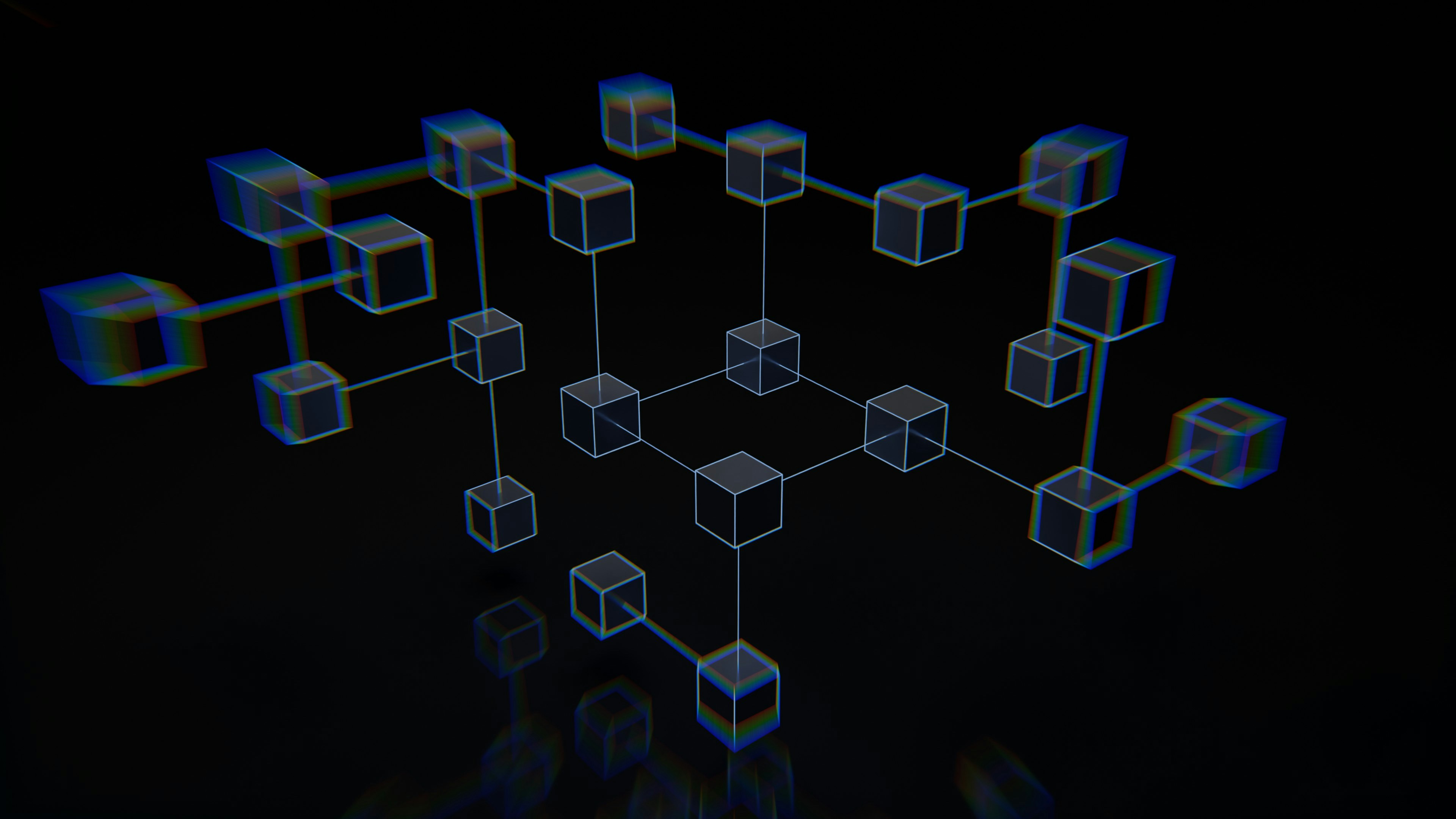· news · 3 min read
What is Predictive Analysis?
Want to take a peek into the future? Predictive analysis is the key.

Predictive analysis might sound like something out of a sci-fi movie, but it’s actually a fascinating technique that helps us make predictions about the future. In today’s data-driven world, it has become a valuable tool across various industries.
At its core, predictive analysis is all about using historical data and patterns to predict future events. It’s like having a crystal ball, but instead of magic, we rely on statistics and machine learning algorithms. These powerful tools help us analyze data, uncover trends, and make educated guesses about what’s to come.
To understand how predictive analysis works, let’s break it down into a few simple steps. First, we gather relevant data, like historical sales figures or customer demographics. Next, we clean and prepare the data, making sure it’s in a suitable format for analysis. Then comes the fun part - exploratory data analysis. We dig deep into the data, looking for patterns, relationships, and trends that can help us make predictions.
But it doesn’t stop there. To improve the accuracy of our predictions, we carefully select the most important features and sometimes create new ones. For example, if we’re predicting customer churn, we might consider factors like recent purchases, customer complaints, or even social media activity. With our features in place, we choose a predictive model, like a decision tree or a neural network, and train it using our historical data.
Once the model is trained, we evaluate its performance using data that it hasn’t seen before. This tells us how well our model can generalize to new situations. Finally, it’s time to put our model to work. We feed it new or future data, and it spits out predictions - whether it’s the number of sales next month, the likelihood of fraud in a transaction, or the success of a marketing campaign.
Predictive analysis is like a superhero with a multitude of powers, and it finds its use in numerous industries. For example, retailers can forecast sales to optimize inventory and plan promotions. Banks can predict customer churn to take proactive measures and retain valuable customers. Even healthcare professionals can use it to identify patients at risk of certain diseases and provide early intervention.
While predictive analysis is incredibly powerful, it does have its fair share of challenges. One of the main challenges is obtaining high-quality data and ensuring its cleanliness. Additionally, predictive analysis relies on historical data and might struggle to account for unforeseen events or changes in circumstances. It’s important to remember that predictive analysis provides insights, not certainties. Predictive analysis may seem complex, but it’s a valuable tool that helps us unlock predictions that drive smarter decisions and better outcomes. Learn how our data experts at Polar Packet can help turn your data into actionable insights.



